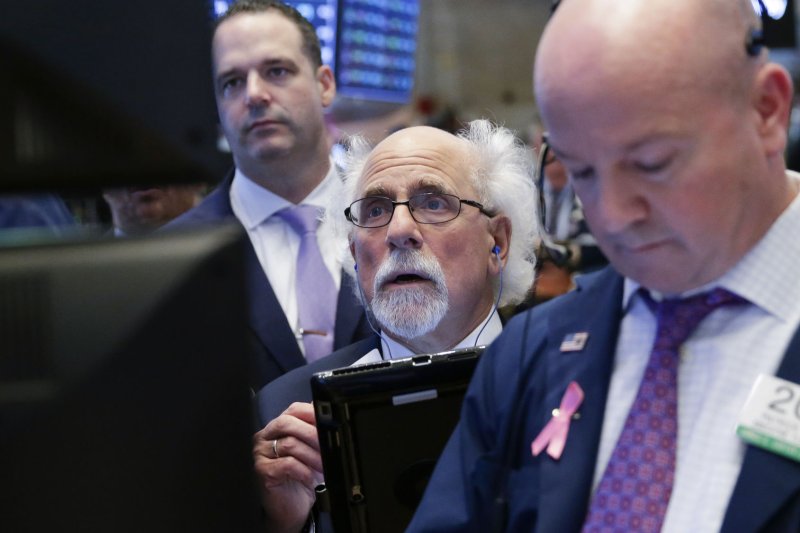Crude oil prices fell early Thursday amid renewed U.S.-China trade tensions following the arrest of a Chinese executive in Canada at the request of the United States, and ahead of an OPEC meeting. Photo by John Angelillo/UPI |
License Photo
Dec. 6 (UPI) -- Crude oil prices were lower Thursday morning, in part due to renewed trade tensions between the United States and China, while the market awaited results of an meeting of the Organization of the Petroleum Exporting Countries in Vienna, as well as new EIA data, an analyst said.
West Texas Intermediate front-month future prices fell 2.8 percent to $51.41 per barrel as of 8:25 a.m. EST, while Brent front-month prices dropped to $60.13, or 2.3 percent, as of the same time
"While OPEC is taking center stage today, the global macro front, with the inversion of the yield curve, along with the arrest of the Chinese executive, have all weighed on a risk-off attitude going into today," Tariq Zahir, managing member of investment-advisory firm Tyche Capital Advisors, told UPI.
The chief financial officer of China's Huawei Technologies CFO, Meng Wanzhou, is facing extradition from Canada, where she was arrested on Saturday at the request of the United States, according to Wednesday reports. The U.S. is seeking her extradition on suspicion she violated U.S. trade sanctions against Iran.
The arrest has caused concern that U.S. and China trade relations, already hurt by tariffs and counter tariffs announced and put into effect earlier this year, would worsen and lead to an economic slowdown that could curb oil demand.
Just this weekend some of that concern had dissipated after leaders of the United States and China had agreed Saturday to a 90-day truce, and to postpone additional tariffs that were supposed to go into effect January.
"While EIA numbers are coming out today the focus is on OPEC," Zahir added. "We feel if no deal is done we will easily see WTI trade in the mid $40's in the weeks to come. If we get a cut of close to 1 million barrels we should stabilize over the $50 level but we will be held hostage to the yield curve inversion we have started to see, and risk-off attitude."
OPEC members were set to meet Thursday in Vienna. Traders have anticipated for several weeks that the 14-member group -- after Qatar pulled out earlier this week -- will agree on a production cut in a bid to help prices increase.
There is uncertainty as to whether the group, where Saudi Arabia is the top producer, would have capacity to reach an accord and implement it.
In addition to OPEC, Saudi Arabia is likely to also have to reach an accord with Russia before it moves to lower output, or else it would risk making a cut that would benefit Russia. Saudi Arabia and Russia are two of the world's three biggest producers.
The United States became the world's biggest crude oil producer earlier this year.
At 10:30 a.m. EST the Energy Information Administration will release data on U.S. inventories, with indication of production and trade. The data is also expected to influence the market.
Earlier this week there was a report by the API that suggested a crude inventory build-up would be officially announced Thursday, traders said earlier this week.















